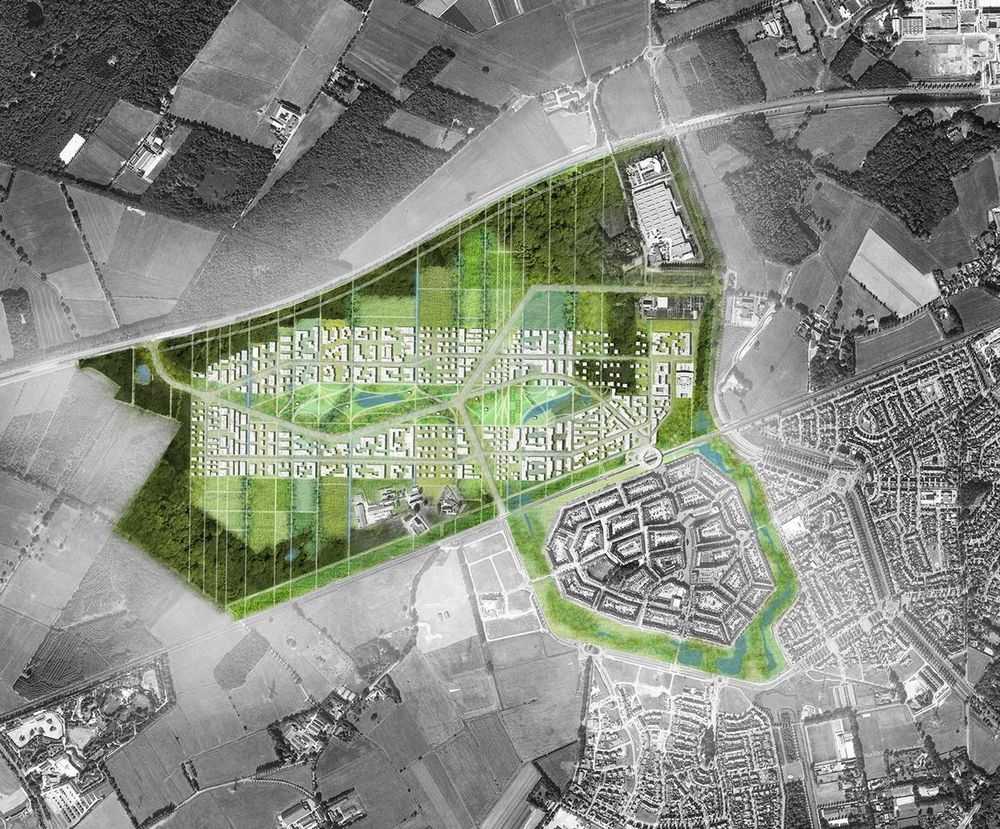Because the concept of smart cities is still very new, with rare finalized and implemented projects, the topic is still unclear. Although big titles and strategies are well defined, the on-ground application is still uncertain, giving us the opportunity to question its planning process. In fact, how can we go wrong when designing smart cities? What key element are we failing to address in the planning phase?
The answer is quite simple. While a lot of city leaders try to skip crucial planning phases to buy time and save money, they often tend to do so by reducing community involvement. Gathering data and implicating every citizen in order to expose the glitches and the needs of society is usually an extensive process. In fact, they would rather adopt basic technologies and generic master plans, than questioning the problems faced by citizens and generating a solution-based design. Governmental officials would prioritize tech over people and not the other way around. Evolving into common practice, many bureaucrats praise a bottom-up approach, but wouldn’t reach out to the less fortunate and the most marginalized part of the society.
How to Future-Proof Our Cities? 4 Key Initiatives to Increase Resilience.










Comments are closed.